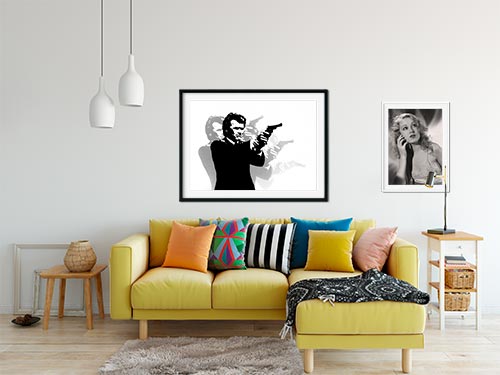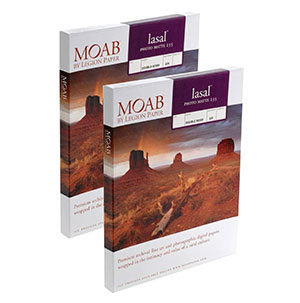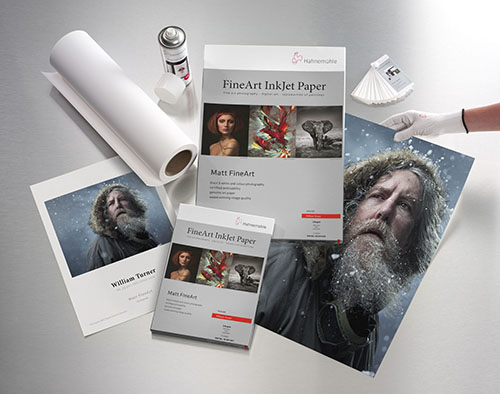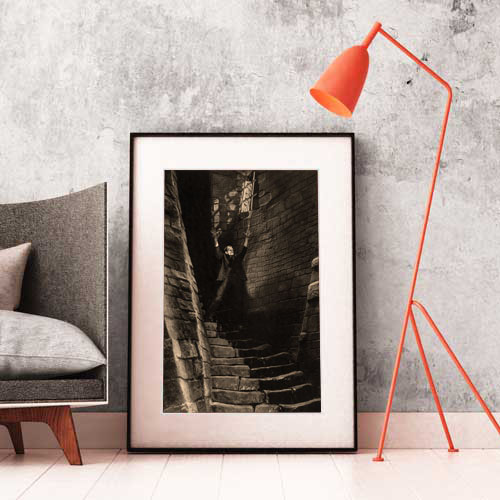Stunning theatrical publicity photograph featuring Klaus Kinski (Count Dracula) posing outdoors with both his hands folded together.
Nosferatu the Vampyre (German: Nosferatu: Phantom der Nacht, lit. 'Nosferatu: Phantom of the Night') is a 1979 horror film written and directed by Werner Herzog. It is set primarily in 19th-century Wismar, Germany and Transylvania, and was conceived as a stylistic remake of F. W. Murnau's 1922 German Dracula adaptation Nosferatu. The picture stars Klaus Kinski as Count Dracula, Isabelle Adjani as Lucy Harker, Bruno Ganz as Jonathan Harker, and French artist-writer Roland Topor as Renfield. There are two different versions of the film, one in which the actors speak English, and one in which they speak German.
Film review aggregator Rotten Tomatoes reports a 95% approval critic response based on 54 reviews, with an average rating of 8.2/10. The website's critical consensus states: "Stunning visuals from Werner Herzog and an intense portrayal of the famed bloodsucker from Klaus Kinski make this remake of Nosferatu a horror classic in its own right."
In 2011, Roger Ebert added the film to his "Great Movies Collection." Concluding his four-star review, Ebert said: "One striking quality of the film is its beauty. Herzog's pictorial eye is not often enough credited. His films always upstage it with their themes. We are focused on what happens, and there are few 'beauty shots.' Look here at his control of the color palette, his off-center compositions, of the dramatic counterpoint of light and dark. Here is a film that does honor to the seriousness of vampires. No, I don't believe in them. But if they were real, here is how they must look".
Herzog's production of Nosferatu was very well received by critics and enjoyed a comfortable degree of commercial success. The film also marks the second of five collaborations between director Werner Herzog and actor Kinski, immediately followed by 1979's Woyzeck. The film had 1,000,000 admissions in West Germany and grossed ITL 53,870,000 in Italy. It was also a modest success in Adjani's home country, taking in 933,533 admissions in France.
The 1988 Italian horror film Nosferatu in Venice is a "sequel-in-name-only", again featuring Kinski in the title role. While the basic story is derived from Bram Stoker's novel Dracula, director Herzog made the 1979 film primarily as an homage remake of F. W. Murnau's silent film Nosferatu (1922), which differs somewhat from Stoker's original work.
The makers of the earlier film changed several minor details and character names. They also did not have permission to use the intellectual property of the novel, which was owned (at the time) by Stoker's widow Florence. A lawsuit was filed, resulting in an order for the destruction of all prints of the film. Some prints survived and were restored after Florence Stoker had died and the copyright had expired. By the 1960s and early 1970s the original silent returned to circulation, and was enjoyed by a new generation of moviegoers.
Mr. Herzog considered Murnau's Nosferatu to be the greatest film ever to come out of Germany, and was eager to make his own version of the film, with Klaus Kinski in the leading role. In 1979, by the very day the copyright for Dracula had entered the public domain, Herzog proceeded with his updated version of the classic German film, which could now include the original character names.
Product Enquiry
Kodak Professional Endura Paper
Kodak Endura papers provide an incredible amount of detail and smooth transition of tones. Designed for the professional photographer in mind, looking for a more traditional photo print style, Kodak Endura provides an extended print life and color gamut almost at the level of a high end fine art paper print.
Archival Matte Paper
Archival Matte Paper, also known as Moab Lasal Photo Matte, is our house stock fine art paper and is an economical favorite for fine art reproductions and photo prints. It features a smooth surface, heavy weight (230 g, 9.5-mil), neutral white, matte paper engineered for accurate color reproduction that provides high contrast and high-resolution output. This paper is acid-free, making it the perfect choice for both photography & fine art reproductions.
Giclee William Turner Paper by Hahnemühle
The William Turner by Hahnemühle is one of the most popular papers used in the Giclee printing industry. This is a 310g natural white mould made natural line paper with 100% rag content making it highly archival. It has a slight coarse texture which gives photos and artwork an elegant look. These fine art paper prints (also known as Giclee) are ordered by galleries, individual artists and photographers. The papers and inks are not only archival but use some of the most accurate print technology for full color prints.
- Giclee prints use very expensive archival pigmented inks.
- Highest level of color gamut available in printing (12 color printing).
- Exceptional black & white printing.
- Fade resistant, pigmented inks which provide a superior color range compared to other types of inks. Widely preferred in fine art and photography circles.
- We ONLY use professional grade fine art and photo paper that resist yellowing and aging.



Framing
We offer wood and metal frames, custom cut & joined to order. Each framed print includes hanging hardware and foamcore backer.
Matting
We use conservation grade 100% virgin alpha-cellulose 2 ply mats with white core. Acid-free and lignin-free, these are both face resistant and meet all conservation quality standards set by the Fine Art Trade Guild. Mats are digitally cut for ultimate precision. The window will be 1/8″ smaller than the print dimensions.
Glazing (Acrylic Glass)
We offer custom cut panes of shatter-proof, acrylic glass, to protect your valuable artwork and prints.
Premium Clear
Framing grade clear acrylic is shatter resistant and lightweight.
Reflection Control
With its matte finish, Tru Vue Reflection Control® Acrylic scatters light to diminish unwanted glare.
Conservation Clear
Tru Vue Conservation Clear® Acrylic is a framing industry staple, blocking up to 99% of UV rays for ultimate protection.
Conservation Reflection Control
Tru Vue Conservation Reflection Control® Acrylic scatters and diffuses light to reduce unwanted glare. Blocks up to 99% of UV rays.







